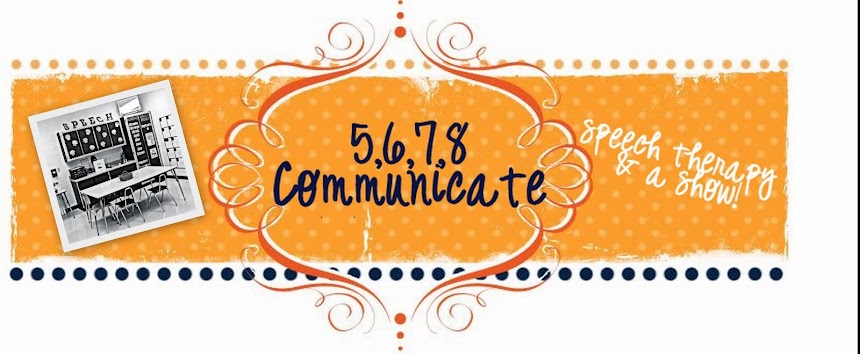Well I usually don't like to officially reveal my classroom until it is COMPLETELY finished but I realized that may be awhile thanks to my friends at Hobby Lobby...
I found the perfect chevron fabric there about 3 weeks ago that I wanted to make some tie-back curtains for my SGM wall, however they only had 3 yards left and I needed 6. They ordered some more for me but since chevron is just so popular, the fabric is on back order so I am STILL waiting!!! Drives me nuts that is isn't finished yet. I am SO not a patient person :).
So anyways, that is why my room isn't completely finished yet but here are some pictures of the rest of the room in the meantime.
SLP Subway Art that I got on TPT for free! Frames are from Dollar Tree. White lantern from Pier One (they actually light up!).
Work table that will soon be a kidney shaped table! Should be arriving soon. Dry erase word wall on the right. Another paper lantern above the table. Cabinets covered in black foam board from Dollar Tree. I used black butcher paper last year but it faded and just didn't hold up very well. I love the foam board! Crate with student files on the counter. Kids keep their current work in there.
Another view
Computer station where I keep my netbooks. I put a black shelf I wasn't using on the top and now it's a little table too! Welcome table on the right.
Mirror from Wal-Mart. Hall pass hanging next to light switch.
School rules/expectations above my door
Clock numbers and Insta-bulbs above my word wall hahaha
Dry erase word wall again
Pretend grocery store for my CD kids. Working on functional language relating to jobs duties like stocking, cleaning (broom and dustpan in box), etc. I also bought a pack of McDonald's food so we can work on language related to ordering food, taking orders, cleaning up, etc.
Tall bookshelf with grade level baskets and files containing portfolios and notebooks. Data door for SGM back there.
Articulation Caddy and Oral Motor Caddy on top shelf
Smartboard and Student Work Wall on left. Clipboard bucket on the floor on the right which houses, well, our clipboards.
Current books we are reading by grade (3rd, 4th, 5th) on the furnace. SGM Complete Episode magnets on the black file cabinet.
SGM Activities basket and a basket for random supplies
Therapy mirror, lime green laptop desks, table for SGM Station. Above/behind this table is the wall that isn't finished yet! Still needs the chevron curtains.
I will post some updated pictures once I get my curtains done and my kidney table in!










.PNG)
.PNG)
.PNG)
.PNG)
.PNG)


























